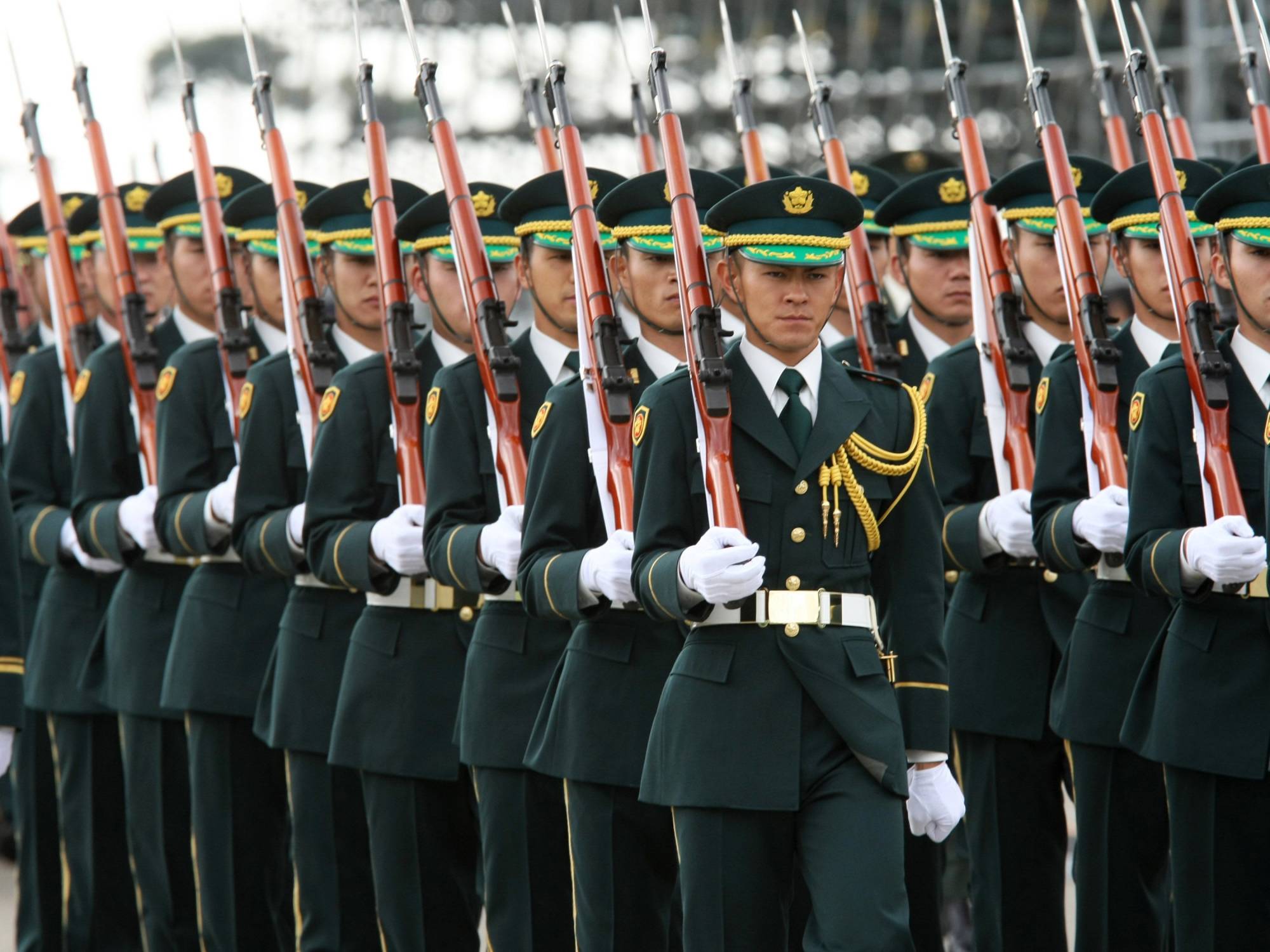Publication last month of three new national security documents heralds a new era for Japan — and not just because their content marks a shift in defense policy.
Rather, at the risk of sounding pedantic, this is an opportunity to end the misleading and incorrect characterization of Japanese policy as “pacifism.”
According to the Financial Times, Japan is scrapping its pacifist postwar defense strategy, a wording echoed by the Indian Express. The Hill, a U.S. publication that focuses on goings-on in Congress, warned that Japan was preparing to break away from decades of pacifism. Regional papers in the U.S. such as South Carolina's Post and Courier (which offer a window on popular thinking) declared Japan was pivoting away from pacifism. Many other papers around the world — many reprinting the same stories — declared that “pacifist Japan” was embarking on its greatest defense buildup.



















With your current subscription plan you can comment on stories. However, before writing your first comment, please create a display name in the Profile section of your subscriber account page.